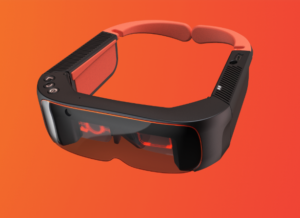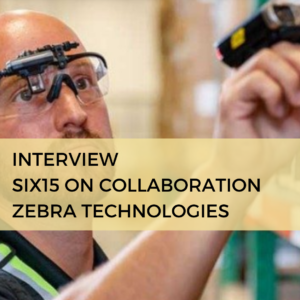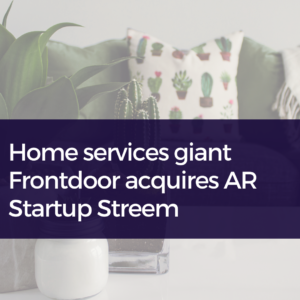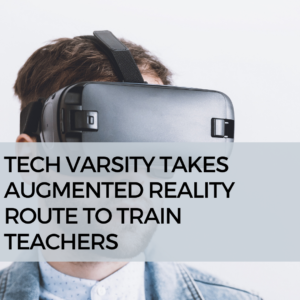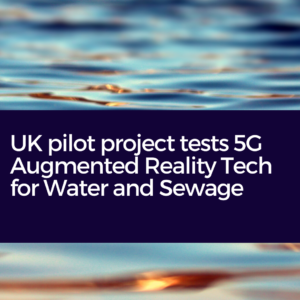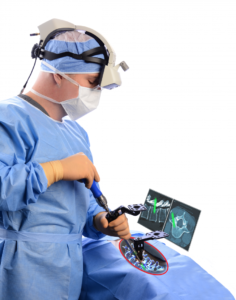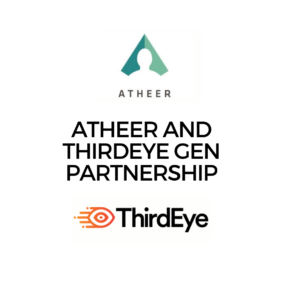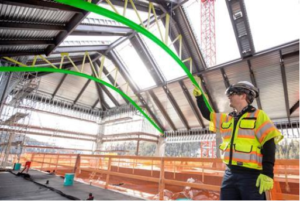Seeking Subject Matter Experts in Augmented Reality to work at MIT Horizon
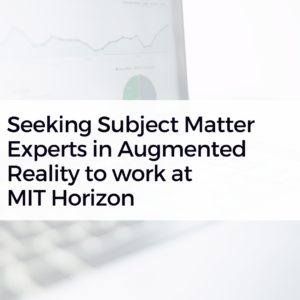
Taken from the post advertisement on LinkedIn:
Position remote or in Cambridge, MA.
Are you passionate about technology education? We are MIT Horizon, a new initiative within MIT Open Learning committed to supporting MIT’s mission to advance knowledge and educate students in science, technology, and other areas of scholarship that will best serve the nation and the world in the 21st century. Our vision is to educate the global workforce on emerging technologies with MIT’s expert, impartial, update-to-date online library. For more information about MIT Horizon, please visit horizon.mit.edu.
MIT Horizon is seeking experts in Augmented and Virtual Reality to help support the development of educational articles and content for working professionals. The expert should have specific and deep knowledge in one or more area of software and hardware development in AR/VR, of AR/VR usage in education, engineering, manufacturing, entertainment, or travel.
Work with MIT Horizon senior editor and researchers to:
- Provide subject matter expertise and answer questions via interviews, meetings, and emails.
- Draft notes on various AR/VR topics.
- Review and fact check copy on AR/VR articles for accuracy and completeness.
- Help make connections to knowledgeable members of the AR/VR communities.
Requirements:
- Proven expertise in the AR/VR industry.
- 2 – 20 hours a week for three months.
- Does not have to be based in Boston, open to remote.
See LinkedIn page where you can apply online.
